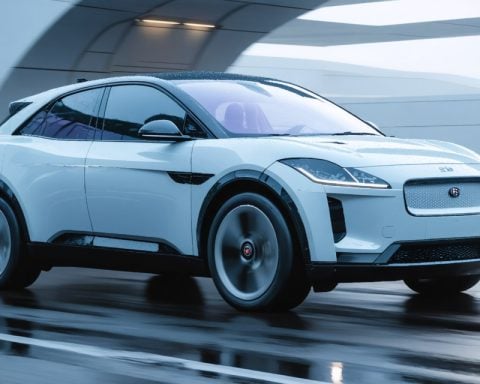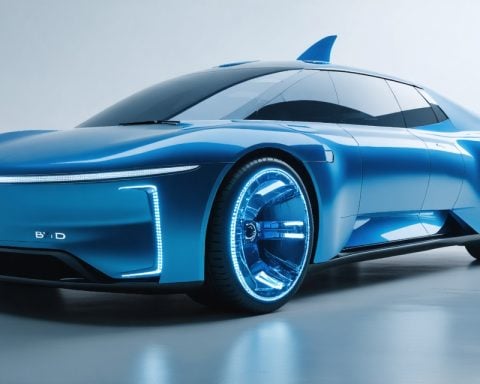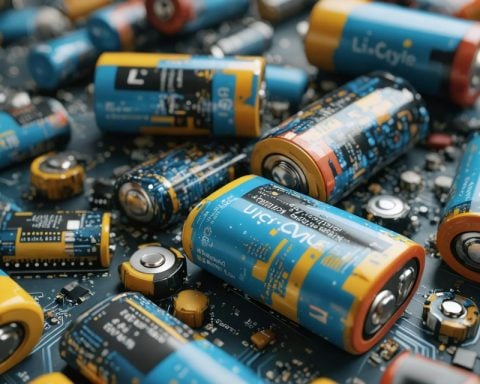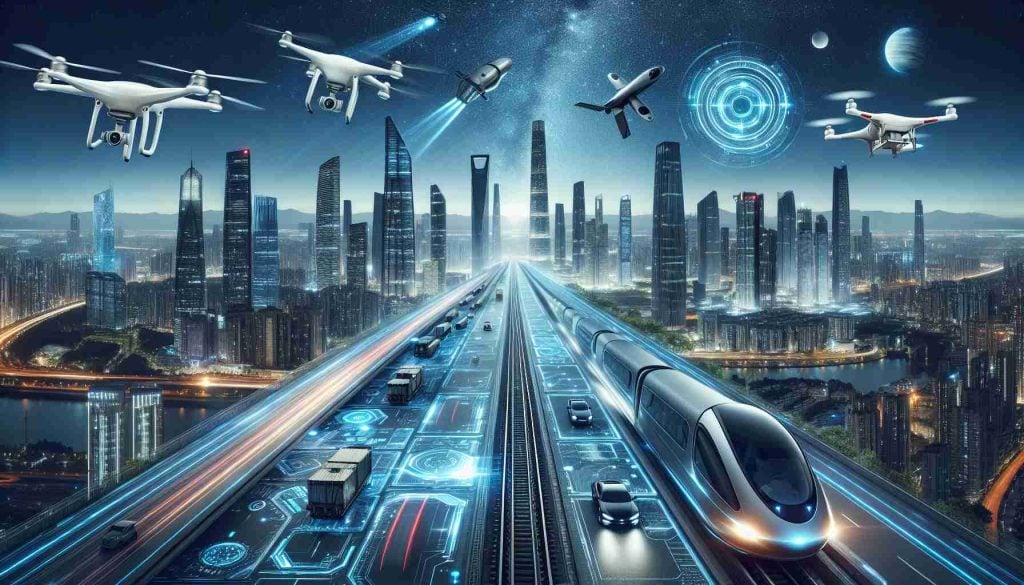- Congressman Mark DeSaulnier expresses serious concerns over the suspension of the NEVI Formula Program, which threatens the electric vehicle (EV) initiative in the U.S.
- The transportation sector significantly contributes to greenhouse gas emissions, making the adoption of EVs crucial for environmental sustainability.
- Electric vehicles can lead to substantial savings in fuel costs for drivers, emphasizing their economic benefits.
- The suspension jeopardizes the goals of the $2.5 billion Clean Corridors Act, designed to improve nationwide EV charging infrastructure.
- China’s dominance in the global EV market highlights the urgency for the U.S. to enhance its EV infrastructure.
- A call for federal investment in EV infrastructure is critical to maintain America’s leadership in energy and transportation.
In a surprising turn of events, Congressman Mark DeSaulnier has voiced strong concerns following the Trump Administration’s abrupt suspension of the National Electric Vehicle Infrastructure (NEVI) Formula Program on February 7, 2025. This decision shakes the foundation of America’s electric vehicle revolution, leaving drivers and consumers feeling stranded.
DeSaulnier highlights that the transportation sector is a significant contributor to greenhouse gas emissions, and electric vehicles are essential in combating this pressing issue. He reflects on the potential savings electric vehicles offer, stating they could save drivers hundreds or even thousands of dollars in fuel costs every year. With his extensive experience in climate policy, he believes that making EVs accessible is crucial for a sustainable future.
The recent decision to halt approval of State Electric Vehicle Infrastructure Deployment Plans jeopardizes progress made under the $2.5 billion Clean Corridors Act, which aimed to enhance EV charging capabilities across the nation. DeSaulnier warns that the United States risks falling behind as China commands a staggering 76% of the global EV market.
As Americans increasingly turn to electric vehicles, the call for a robust federal investment in EV infrastructure has never been more urgent. DeSaulnier urges the Secretary of Transportation to reconsider this hasty and detrimental action, warning that America’s leadership in both energy and transportation hangs in the balance.
The takeaway? Electric vehicles could be the answer to saving money and combating climate change, but leadership decisions must prioritize robust infrastructure to support this vital transition.
Electrifying the Future: Why America’s EV Infrastructure Needs Urgent Support
Overview of NEVI and Its Importance
The National Electric Vehicle Infrastructure (NEVI) Formula Program was designed to allocate funding for EV charging infrastructure across the United States. Its recent suspension by the Trump Administration poses significant challenges to the growth of electric vehicle adoption. This initiative is critical to support the increasing number of electric vehicles on the road and alleviate concerns about charging accessibility.
Current Trends in Electric Vehicle Adoption
Recent data indicates that electric vehicle sales have seen remarkable growth, with over 6% of all new car sales in the U.S. being electric as of 2023, marking an increase from just 2% in 2020. This trend highlights a growing consumer preference for sustainable transportation options, reinforcing the need for an extensive and reliable charging infrastructure.
Insights into Market Forecast
According to industry forecasts, the global electric vehicle market is expected to reach a valuation of $800 billion by 2027, with significant investments projected toward infrastructure development. The demand for EVs will continue to rise, necessitating a proactive approach to creating an efficient charging network to support this transformation.
Pros and Cons of Electric Vehicle Expansion
Pros:
– Environmental Benefits: EVs contribute to reduced greenhouse gas emissions, helping combat climate change.
– Cost Savings: Drivers can save on fuel and maintenance costs.
– Job Creation: The expansion of EV infrastructure promotes job growth in the renewable energy sector.
Cons:
– Infrastructure Challenges: The current charging network is insufficient in many areas, leading to potential range anxiety for drivers.
– Initial Costs: The upfront cost of electric vehicles can still be a barrier for many consumers.
– Resource Mining: The production of EV batteries can lead to environmental degradation if not managed sustainably.
Limitations of Current EV Infrastructure
Currently, there are significant limitations in the U.S. EV infrastructure, including uneven distribution of charging stations, slow charging speeds, and limited access in rural areas. Addressing these gaps is crucial to ensure convenience for all users and to facilitate widespread adoption.
Use Cases for Electric Vehicles
– Urban Commuting: Ideal for city dwellers who require efficient and eco-friendly transportation.
– Long-Distance Travel: The need for more fast-charging stations is critical for travelers looking to take advantage of electric vehicles on long trips.
– Commercial Fleets: Businesses increasingly leverage EVs for logistics and transportation, as they can significantly reduce operational costs.
Security Aspects
Electric vehicle incidents, particularly around hacking and cybersecurity threats, have raised concerns. Manufacturers and developers must prioritize securing connected vehicle systems to protect user data and ensure safe vehicle operation.
Sustainability Innovations
Recent advancements in EV technology include the development of more efficient battery technologies, such as solid-state batteries. These innovations promise not only to enhance the performance of electric vehicles but also to reduce the environmental impact associated with battery production and disposal.
Predictions for the Future of EVs
Experts predict that by 2030, electric vehicles may account for over 30% of all vehicles on the road in the United States, contingent upon adequate infrastructure development and supportive policy measures. The journey towards this future requires a commitment from both government and industry stakeholders.
Frequently Asked Questions
1. What is the impact of the NEVI suspension on consumers?
The suspension of NEVI threatens the expansion of charging infrastructure, leading to potential range anxiety among consumers and limiting the convenience needed to transition to EVs.
2. How does the U.S. compare to other countries in terms of EV adoption?
As of 2023, the U.S. lags behind countries like China and Norway in EV adoption rates due to more comprehensive government incentives and infrastructure in those regions.
3. What steps can be taken to improve EV infrastructure?
Investing in public charging stations, incentivizing private investments, and streamlining permitting processes are critical steps to enhance EV infrastructure and promote widespread adoption.
For more insights on electric vehicles and infrastructure, visit Energy.gov.















